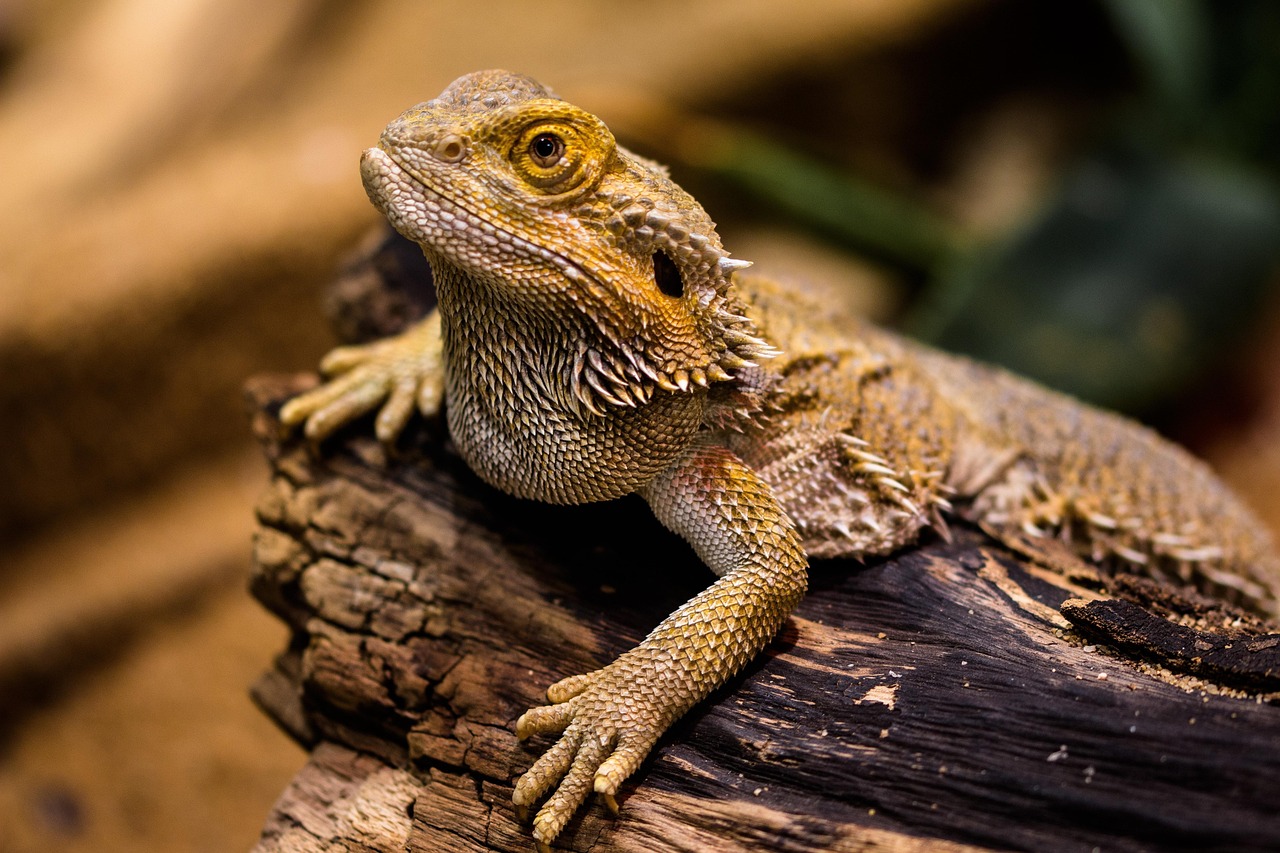Rabbit SOS: What’s That Thump All About?
You’re sitting quietly when your rabbit smacks the floor with a back foot — thump! Is it panic, play, or just noise? Thumping is a classic rabbit signal, but it doesn’t always mean immediate danger.
In this short guide we’ll explain what thumping means, show how to read other rabbit body language, and give quick, practical steps you can take when your bunny makes that sound. You’ll also learn ways to reduce fearful thumps at home and keep you both calmer.




Understanding Rabbit Body Language: What Your Pet Is Telling You
What Is Thumping? The Basics of the Rabbit Alarm
The mechanics: how thumping works
Thumping is exactly what it sounds like — a rabbit drives its powerful hind legs down against the ground to produce a sharp, percussive sound. Muscles in the hindquarters generate a quick, forceful kick; the sound travels through soil, wooden floors, or even thin grass. Think of it as a built‑in drumbeat: loud enough to catch attention, but produced in a single, efficient motion.
A backyard example: a neighbor’s rabbit suddenly slams a hind foot when a hawk circles overhead — instant alarm. Indoors, the same motion might be quieter but still unmistakable on hardwood.
Where and when you’re most likely to notice it
Rabbits are crepuscular (most active at dawn and dusk), so you’ll often hear thumps during those low‑light windows when predators hunt. Outdoors, thumps can travel farther and sound sharper; indoors, the noise varies with flooring type.
You may also notice differences by setting:
Common misconceptions about thumping
Thumping isn’t always a dramatic, repeated drumroll. It can be:
Quick how-to when you hear a thump:
This basic framework will help you recognize thumps for what they are before we dig into why rabbits thump and how to respond.
Instincts and Communication: Why Rabbits Thump
Thumping in the wild: a colony alarm
In the wild, a single thump is rarely about the individual — it’s a loud, low‑effort way to broadcast danger to the whole warren. A rabbit sensing a hawk shadow or a fox’s scent will thump to alert others, buying time for the group to scatter into burrows. Think of it as an ancient group text: quick, unmistakable, and meant to provoke immediate action.
Thumping and instinct: fight, flight, or freeze
Thumping ties directly into the rabbit’s rapid threat response. When startled, a rabbit’s nervous system decides fast: bolt to safety (flight), stand and defend (rare), or freeze and signal others (thump). The sound itself doesn’t attack the threat — it coordinates the herd and helps the sender decide whether to flee or hide.
Domesticated vs. wild: different frequency, same roots
Pet rabbits still carry that wiring, but context changes the usage. A house rabbit might thump at a sudden vacuum noise or an unfamiliar guest; outdoor wild rabbits use it more for predators. Domesticated rabbits tend to thump less often overall because they face fewer life‑or‑death situations, but they can be surprisingly vocal about perceived threats in the home.
Why some rabbits thump more than others
A few common reasons individual rabbits are more prone to thumping:
Quick tip: track when and where thumps happen for a week — patterns often reveal triggers you can remove or manage. This makes it easier to reduce unnecessary alarm thumps as you move into practical response and prevention strategies.
Reading the Whole Picture: Body Language and Context
Rabbits rarely thump alone — the stomp usually comes with a stack of other signals. Learning to read the ears, body, breathing and movement gives you the difference between “startled” and “seriously alarmed.” Think of it like watching someone’s face while they shout: tone plus expression tells you whether it’s panic or playful exaggeration.
Ears and head position
Posture and movement
Breathing and vocalizations
How to combine signals (quick, practical checklist)
Watch for clusters of cues before reacting:
Example scenarios:
Learning to “read” the whole rabbit makes your response smarter and less stressful for both of you. Next up: the other reasons rabbits thump that aren’t necessarily about immediate danger.
Other Reasons Rabbits Thump (Not Just Danger)
Rabbits have more than one reason to stomp — sometimes the message isn’t “predator” at all. Below are common alternative causes and how to tell them apart in real-life situations.
Pain or discomfort
A rabbit in pain may thump to say “something’s wrong.” Look for sudden changes: limping, not eating, hiding, teeth grinding, or a hunched posture. If thumping is paired with these signs, treat it as a medical red flag and contact your vet.
Frustration or boredom
No opportunity to dig, chew, or run can lead to frustrated thumps. You might hear this when you’ve closed off a favorite room or removed a toy. Offer enrichment quickly: new chewables, tunnels, or short supervised play sessions.
Attention-seeking
Some rabbits learn that a loud thump gets you running. This is usually a single, dramatic stomp followed by a look at you. Ignore the behavior and reward calmness with treats or gentle petting when they’re quiet.
A simple change that helps reduce food-related agitation is using stable feeding gear — for example, a sturdy hay station like the Heavy-Duty Metal Hay Feeder for Small Pets can prevent fights or guarding around loose hay.
Mating and territorial signals
Intact rabbits may thump during mating season or when defending a space. Neutering/spaying often reduces these behaviors. If thumping coincides with mounting, lunging, or spraying, consult your vet or an experienced behaviorist.
Learned responses and environmental triggers
Unexpected noises, new people, visitors, or changes in routine commonly spark thumps even with no predator present — think moving furniture, loud delivery trucks, or overnight guests.
Watch for these quick diagnostic cues:
Next, we’ll cover concrete, calm steps you can take the moment your rabbit thumps.
What to Do When Your Rabbit Thumps: Practical Steps
Immediate: stay calm and scan
First thing — breathe. Your calm energy helps your rabbit settle faster. Quickly look around for real threats (dogs, cats, loud vehicles, people approaching) and remove or secure them if possible. At the same time watch your rabbit’s posture: wide eyes, tense body, ears pinned back or upright all change your response.
Approach, retrieve, or give space?
Use common sense — safety first for both of you.
When to call the vet
Contact your vet right away if thumping is paired with any of these:
Keep emergency numbers handy and know your clinic’s after-hours policy.
Tips for multi-pet homes and outdoor rabbits
A little preparedness and a gentle response will go a long way toward turning a panicked stomp into a quick “all clear.”
Prevention and Enrichment: Reducing Fearful Thumps at Home
Long-term change comes from making your rabbit’s world predictable, interesting, and safe. Small, steady adjustments reduce anxiety and unnecessary thumping.
Improve housing security
Create reliable hiding spots
Provide at least two hide options in every room: a low cardboard box, a willow hut, and an elevated shelf. Rotate locations occasionally so your rabbit learns multiple safe places.
Build consistent routines and gentle handling
Short, predictable daily routines (feeding, play, litter cleaning at similar times) cut stress. Practice 3–5 minute calm handling sessions each day: sit on the floor, offer a treat, and let your rabbit approach. Reward quiet behavior with praise or a small piece of herb.
Enrichment that lowers fear
Foraging toys and scent games keep minds busy and redirect nervous energy. Try snuffle mats, treat-dispensing balls, and safe chew blocks. Introduce new objects slowly — one at a time.
Supervised outdoor time on grass (with a harness or secure run) offers natural smells and safe exploration. Scent enrichment — a sprinkle of dried lavender or a clean t-shirt with your scent — can be calming.
Desensitization to common triggers
Identify frequent startling sources (vacuum, door slams). Reintroduce them at low volume/distance while pairing with treats, increasing exposure gradually over days to weeks. Keep sessions short and stop if the rabbit shows strong fear.
When to seek extra help
If thumping remains frequent despite changes, consider a behaviorist or your vet — medical issues or deep-seated anxiety may need professional plans. With steady prevention and enrichment, most rabbits become noticeably calmer and more confident, ready for the article’s closing thoughts.
Listening to Your Rabbit
Thumping is mainly an instinctive alarm but it only tells part of the story — you must read it with body language and context to know if there’s real danger.
Combine calm observation, sensible responses, and proactive enrichment to keep your rabbit safe and lower stress-related thumps. Pay attention, respond kindly, and you’ll build trust — a happier, more confident bunny in your home. If unsure, consult your vet or a rabbit-savvy behaviourist. They can help quickly.










I appreciated the ‘Reading the Whole Picture’ section. Long story — my rabbit thumped and I saw him flinch, but then he groomed himself and was fine. Took me ages to learn that sequence. The article’s breakdown of body language + context is spot on.
Also, tiny nitpick: could use more photos in the Illustrated Guide mention — maybe show examples of ear positions or common postures. Otherwise solid!
Thanks Carlos — great suggestion. We’ll consider adding illustrative pics in a follow-up or linking to the ‘Understanding Your Rabbit’s Habits’ guide for visual examples.
We’ll add a short curated image list in the comments soon — thanks for the idea!
If you want immediate visuals, a lot of rabbit rescues post photo guides on social media. Not as detailed as a book but handy.
Photos are great, but also video helps — especially to watch subtle movements over time.
Agree on the pictures. I’m a visual learner and the diagrams in the ‘Understanding Your Rabbit’s Habits’ book helped me soooo much.
Short & sweet: loved the prevention tips. Swapping out scary loud toys and adding more hides helped my rescue bun stop thumping when the garbage truck comes by. Anyone else try the Pawaboo pop-up pen? Wondering about durability.
Pawaboo pens are convenient for quick setups. They’re fine for supervised play; for chewers or escape artists, a heavier metal pen might be safer long-term.
I used a Pawaboo for a while. Lightweight and waterproof, but my bun chewed the mesh after a month. If yours is a big chewer, I’d go metal.
The bit about ‘Other Reasons Rabbits Thump’ was a lifesaver for my sanity. I used to assume danger every time. Turns out boredom and weird dreams are culprits too — who knew rabbits could Netflix-and-chill in their sleep? 😅
Also, quick question for other owners: has anyone used the 6-in-1 wooden foraging toy set long-term? It seems like a good boredom buster but wondering about wear and safety.
If you want longer-lasting options, combine wooden toys with tougher puzzle feeders or hide treats in heavy-duty safe containers.
Thanks! I’ll inspect them weekly. Glad it’s been helpful for others.
My bun loved the wooden set for months. After 4-6 months I tossed the most chewed pieces. Definitely watch for small bits to avoid ingestion.
Great observation. Foraging toys like the MWAOWM set are excellent but check them regularly for small splinters or chewed bits. Rotate toys and supervise new additions.
I have mixed feelings about the ‘prevention’ section — good tips but a little idealistic. Not everyone can afford multiple playpens or tons of enrichment. Some low-cost ideas would be great: cardboard boxes, DIY foraging with paper towel rolls, using old towels as hiding spots, etc. (Also yes, rabbits are dramatic, lol)
Still enjoyed the overall guide!
Excellent point, Grace. We’ll add a low-cost enrichment subsection with DIY ideas like the ones you mentioned. Thanks for the constructive feedback.
Seconding this — I built a hay-stuffed cardboard puzzle for free and my bun loves it. Cheap and effective.
Thanks! Looking forward to the update. DIY rescue bun community represent 💪
Okay, real talk: my rabbit thumps at 3am sometimes and it drives me nuts. The article’s ‘What to Do’ section was the most realistic I’ve read — not ‘panic’ but check for danger and give space. Also laughed at the bit about ‘listening’ — rabbits are basically tiny drama queens 🐇😂
On a serious note: anyone tried rearranging the room to reduce outside stimuli? I moved his cage away from the window and it helped a bit.
FWIW, a gentle night light helped my rabbit not be startled into thumping — he seems calmer with a soft glow.
Good tip, Marco. Low-level lighting can reduce sudden contrast from darkness to light that spooks some buns.
Same here. Also adding heavy curtains cut down the outside movement and my bun stopped the late-night thumps.
Thanks! Curtains are a good idea — will try blackout ones. Fingers crossed 🤞
Rearranging can definitely help. Blocking direct line-of-sight to street activity often reduces startle responses at night.
If the thumping persists despite environmental changes, consider a vet check to rule out pain or medical issues.
Not a long comment but wanted to say: the hay feeder mention was appreciated. Switched to a heavy-duty metal hay feeder and honestly less mess + less thumping when I refill it now. Simple changes matter!
Glad to hear that, Emily. Heavy feeders also prevent food anxiety for some rabbits who guard food spaces.
Huh, so thumping isn’t always about immediate danger. I once freaked out and gave my rabbit Oxbow Critical Care because I misread the sign — doh. 😅 Does the article mention emergency food usage properly?
Yikes, hope your bun was fine! It’s easy to panic. The Storey’s guide is great for basic health signs so you can avoid unnecessary treatments.
Good question, Mark. The article notes Oxbow Critical Care as an emergency option for rabbits that stop eating, not for behavioral thumping. Use it only under vet guidance.
Great article — I learned a lot about rabbit thumping! My bun used to thump nonstop when guests came over and I never connected it to context. I ended up getting a VISCOO 12-Panel playpen and it actually helped give him a safe zone.
A few notes from my experience:
– The playpen reduced his startled thumps because he could retreat.
– Enrichment (treat toys and hay feeder) made a huge difference.
Thanks for the practical steps — the section on reading body language was super helpful 😊
I have the same playpen and agree — it made bonding easier. Also try the MWAOWM foraging toy set; my rabbit loves it and thumps less when engaged.
Quick tip: rotate the foraging toys every few days to keep novelty high. Glad the article helped!
Thanks for sharing, Sarah — love hearing real examples. Which toys/enrichment worked best for your bun?